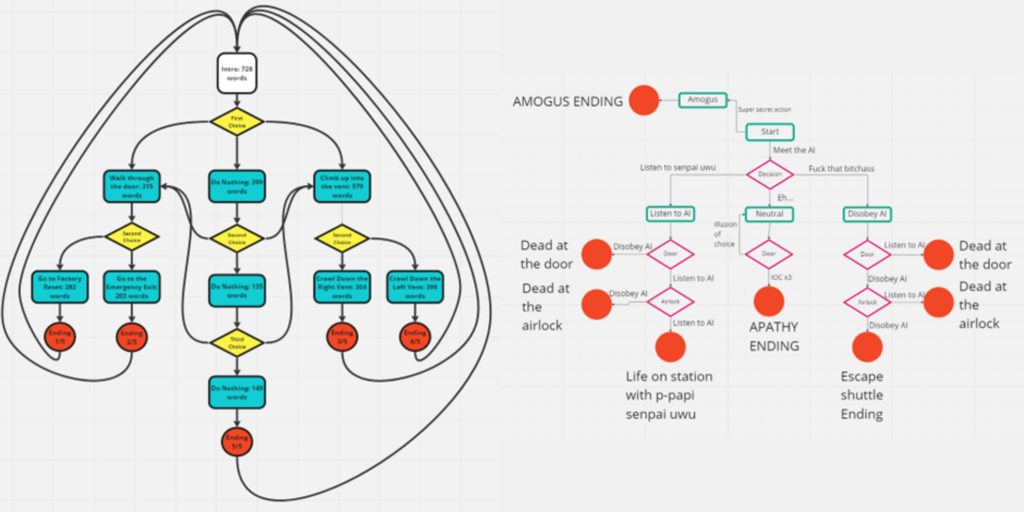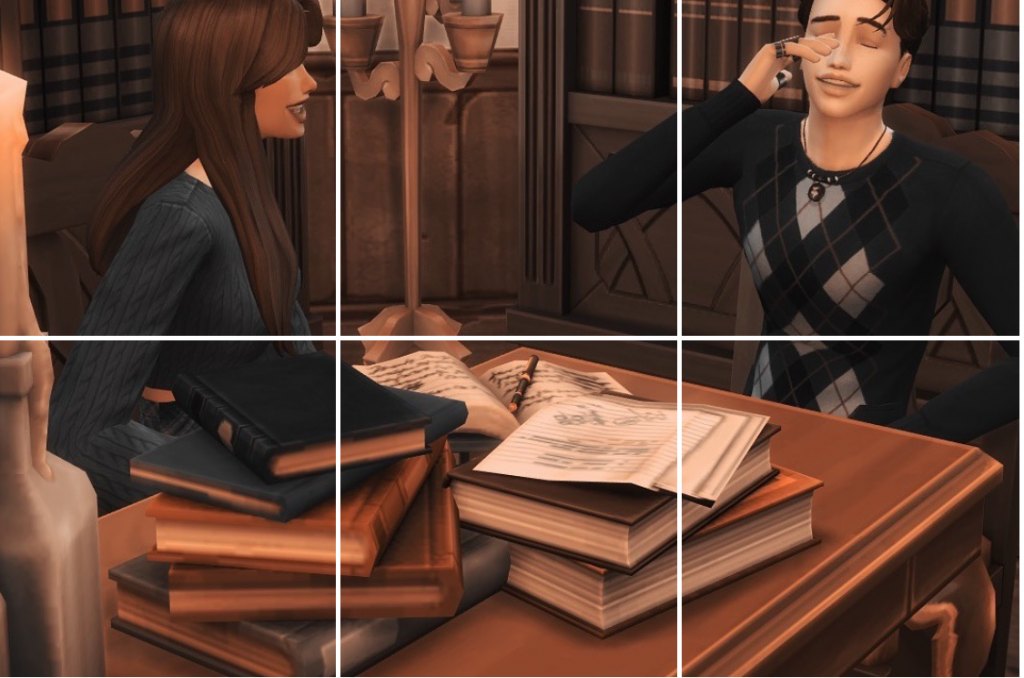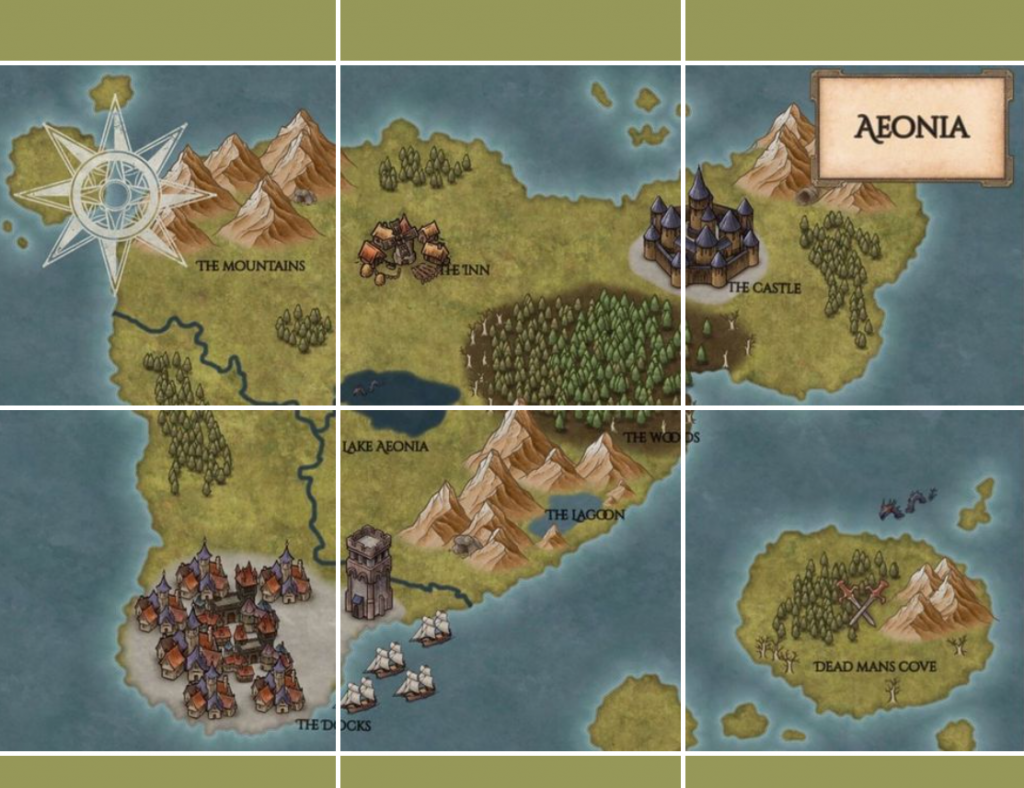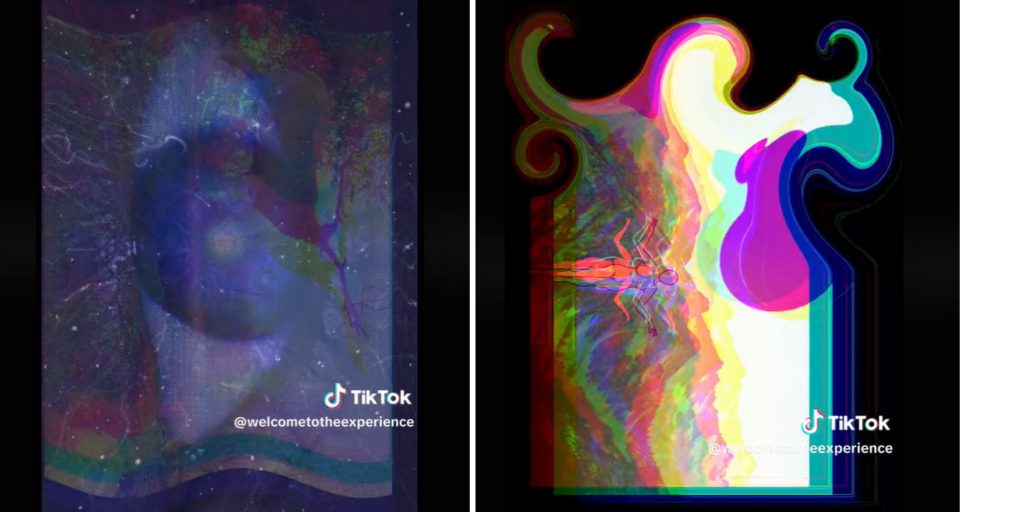
Photo by Largo Polacsek at Pexels.
A couple of years ago, I created a module at Nottingham Trent University called Digital Storytelling. It is now a compulsory module and forms part of a ‘digital spine’ running through the B.A. Creative Writing. It encourages students to experiment with media platforms and consider how the narrative of their stories adjusts to the grammar of their chosen medium. Hopefully the module encourages students to think more broadly about outputs for their work and to be excited at the potential to create new forms of storytelling through innovation and experimentation.
Here’s a flavour of some of the work that was submitted this year.
Course Correction (Tumblr)

The Stanley Parable was the main source of inspiration for the Sci-Fi story, Course Correction, as Tom Combley and Sofia Bartram wanted to make their own rendition of the ‘disembodied voice that tells the player/reader where to go and then the player/reader can choose to listen to it’ – style story. The flowchart of their branching narrative is a reminder of how much planning goes into such projects.
Undead Sims (Sims)

Being sent to boarding school is daunting enough, but discovering it’s filled with vampires is even worse. Isabella Thompson spent ages creating Sims characters and then commanding them to do various things to get screenshots for her story. This was an arduous process, particularly when the Sims failed to do as instructed.
Resisting Royalty_ (Instagram)

Eloisa Herron has created a choose your own pathway story with ten possible outcomes on instagram. In some respects, this is a bit like flash fiction with each world concluding an event (rather than feeding into the whole). The worlds were created by AI which shows how this can be an aid to writers. But best of all is Eloisa’s use of all aspects of Instagram. The story reels are used to provide context and user information and panels are numbered to aid navigation.
Good Evening Madam (YouTube)
This short ‘film’ by Benjamin Windibank was made completely from digital assets, with AI programmes like Eleven Labs generating the voices and Openai.com (dalle-e-2) generating images. The story addresses resistance from the perspective of an elderly woman who receives a scam email requesting money. It’s set back in the early days of the internet in the 1990s and so Ben downloaded UTM to imitate Windows XP.
Welcome to the Experience (Tik Tok)

Ellie Morrin explores the soporific effects of screen addiction in her Tik Tok ‘Welcome to the Experience’. The digital story includes some of her own artwork as well as video edited using Canva effects. This should be watched/listened to with earphones.
You can view these and other examples of digital storytelling on the Instagram account @Digitalstorytelling29821. Please get in contact if there’s stuff you’d like to share.
